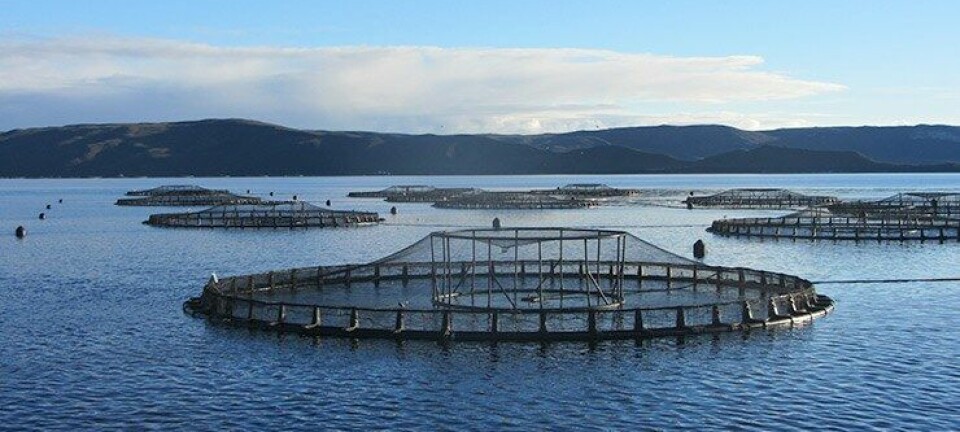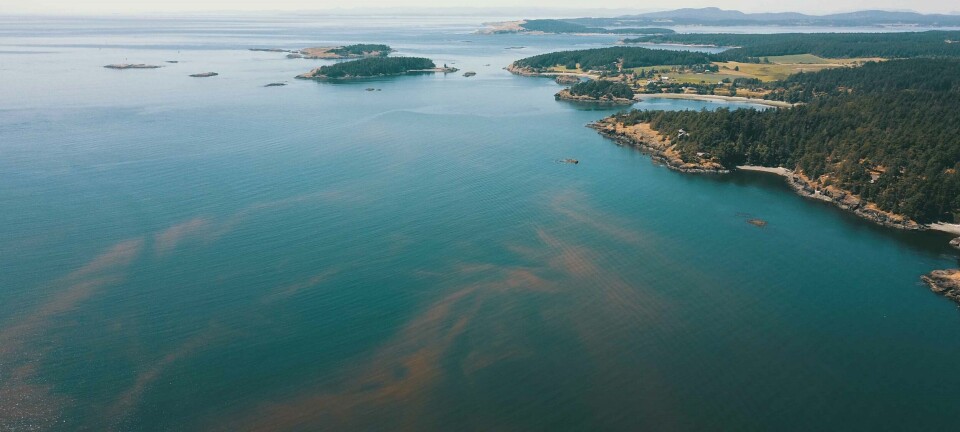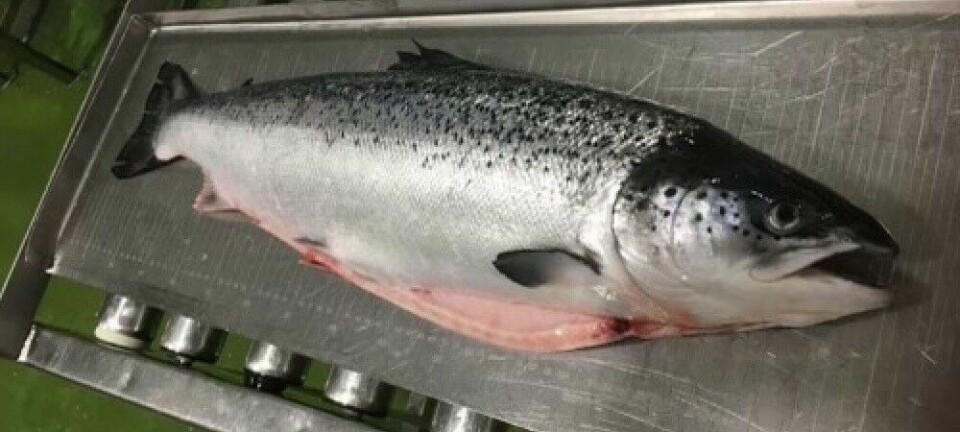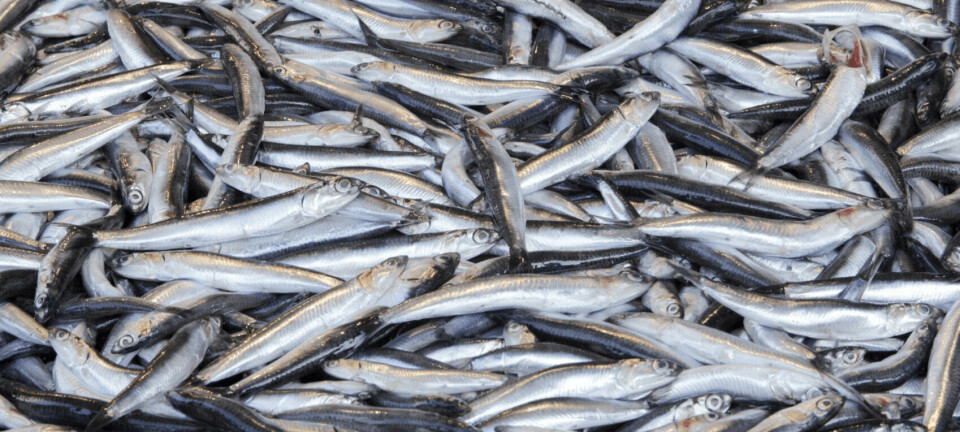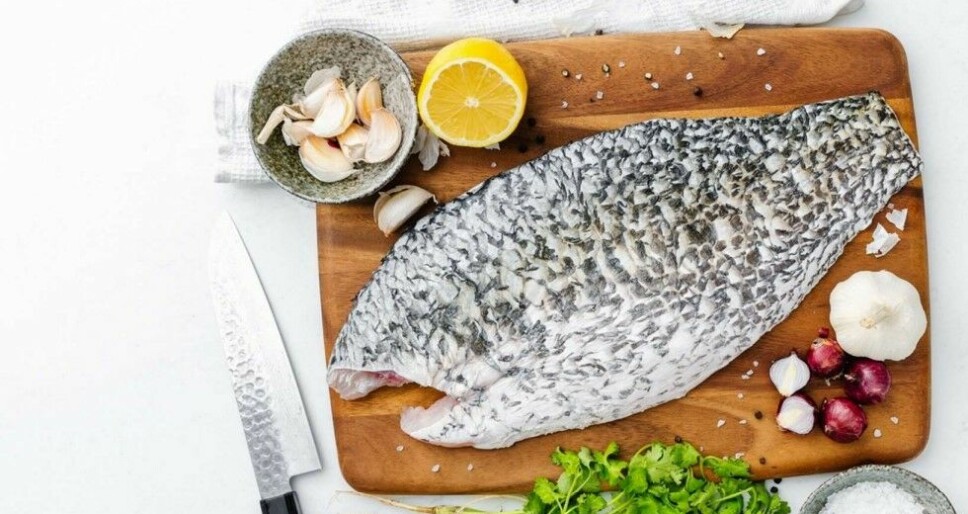
Barramundi Group lost £11.2m in first nine months of 2022
Strong demand and encouraging vaccine trial buoy fish farmer as it seeks to grow
Barramundi Group made a loss of 18.56 million Singapore dollars (£11.2 m) in the first nine months of 2022, it said today.
The company, which farms barramundi (Lates calcarifer, also known as Asian sea bass) in Australia, Singapore, and Brunei, made revenue of SGD 25.7 m, slightly more than the SGD 25.2 m made in the same period last year, on a total harvest volume of 1,503 tonnes, whole fish equivalent (1,488 tonnes WFE).
Barramundi Group was challenged at the start of the year by a viral outbreak at its Singapore sea sites that began in December 2021 and caused elevated mortalities which lasted throughout Q1 2022.
Vaccine trial
The sites have been harvested out and in the third quarter a new site at St Johns with stocked with 35,000 juvenile fish vaccinated against Scale Drop Disease Virus (SDDV) in a vaccine field trial.
“No significant mortalities have occurred to date and data on animal health will continue to be collected until full maturity,” wrote chief executive Andreas von Scholten in Barramundi Group’s business update for the year to September 30. “Expansion of production volumes will not occur before an efficacious SDDV vaccine is available.”
The Group said it also experienced a significant increase in costs, from SGD 17.2 m in the first nine months of 2021 to SGD 20.5 m in the same period this year, as a result in rises in the price of feed, freight, and energy. It had negotiated a higher return for its fish from retailers in Australia.
“We expect continued strong demand for seafood in our markets,” Singapore-based Barramundi said.
“By the end of September, we had succeeded in increasing end consumer prices in Australia, while we continue to push for higher pricing in Singapore.
Inflationary pressure
“We continue to see inflationary pressure on raw materials in both farming and processing. When price increases are gradually being passed on to end consumers, this should protect our margins.
“As previously communicated, our Australian operations are currently not profitable, and we are exploring strategic alternatives for this part of our business.
“The Board has also decided that management shall explore alternative funding at Business Unit and Group level. An update on the progress on these projects will be given no later than in the report for the second half of 2022, scheduled for 28 February 2023.”
The company is securing capacity to grow from 2,000 tonnes capacity in 2021 to 7,000 tonnes in 2026 and further to a long term target of 75,000 tonnes.




